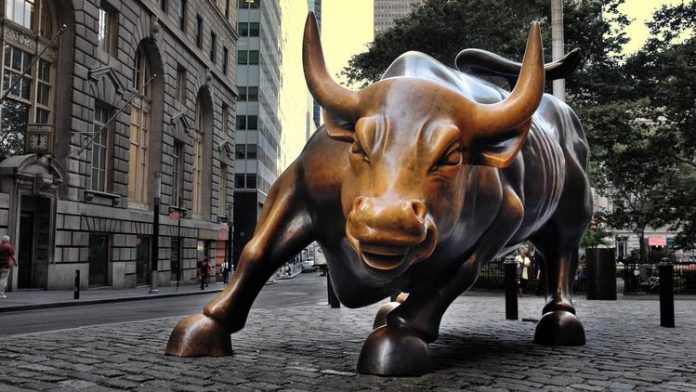The market opened flat today amid fears of a contested election. Trump says he’s got a treasure trove of evidence proving voter fraud in key swing states. Biden, meanwhile, believes it’s all “malarkey” and that he’ll be crowned president before too long.
Either way you slice it, Trump likely has enough of a case to pursue legal action. Among the most recent findings are a list of deceased Detroit voters – totaling roughly 14,000 – who somehow managed to cast ballots in this year’s election.
Accidental hang ups, like an error in the automated tallying program, Election Source, have called the votes of 34 Michigan counties into question, too. The Antrim County (MI) Clerk’s Office told Central Texas News Anchor, Joe Gumm, that the office is now in the process of reviewing over 16,000 votes from the county.
They’re all issues that wouldn’t matter as much in a typical presidential election. But in a race where the electoral college and swing state votes are so tight, any shred of fraud – either intentional or otherwise – could prove critical.
For the market, that’s creating more uncertainty. And as a result, headaches for traders that “bought the dip.”
Alleviating their symptoms, however, is a rock-solid October jobs report. Released this morning, data from the Labor Department revealed that nonfarm payrolls increased by 638,000 vs. 530,000 expected last month. The unemployment rate now sits at just 6.9%.
To put that in perspective, it took over four years for the U.S. to see a sub-7% unemployment rate following the 2008/2009 Financial Crisis. It finally hit 6.9% in November 2013 under President Obama and Fed Chairman Ben Bernanke, who was then replaced by Janet Yellen a few months later.
And relatively speaking, 2013 was expected to be a major “snap-back” year for the U.S. economy. Analysts across the board thought that the country would experience a rapid, “V-shaped” recovery as jobs, housing, and GDP growth all returned to 2006/2007-like levels, when unemployment sat at roughly 4.5%.
Instead, the economy continued to stumble, and unemployment didn’t drop below 4.5% until President Trump took office, a whopping 8 years (and then some) after the housing bubble initially burst.
Then, a few months later, unemployment fell to a near-record low of 3.5% in February, 2020, just before the coronavirus pandemic hit.
The rest is history.
These days, though, the sluggish labor market is finally starting to catch up to the rest of the U.S. economy. It’s been a persistent “black mark” on the overall recovery month after month. But with a strong October jobs report in tow, that may finally change.
And it could be indicative of an even better November unemployment rate.
Of course, whoever wins the presidential election will likely claim the jobs bounce-back as their own. In Trump’s case, it’ll be earned, and he’ll say it would’ve been better if not for “Blue State” governors enforcing draconian lockdown conditions. For Biden, he’ll likely proclaim that it’s just the first step of his “build back better” program.
Regardless of who takes credit for the jobs rebound, it’s a certain boon for bulls. The market may be set for some short-term shakeup as a result of the election, but the October jobs report tells us that the U.S. could be hitting its stride once again just 8 months after Covid-19 first crashed stocks.
Longer-term, that skews bullish. Decidedly so.
Even if civil unrest and virus concerns threaten to sink the market – as well as the economic recovery – in the coming weeks.








